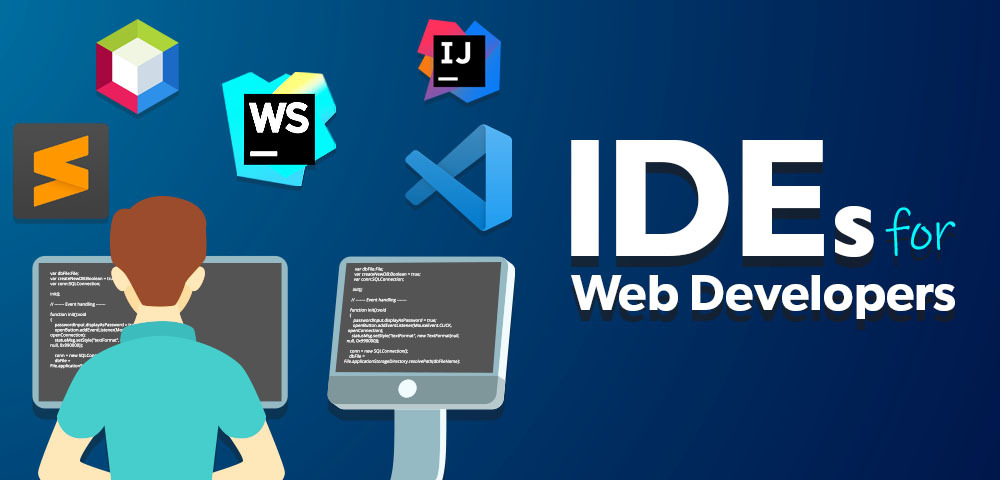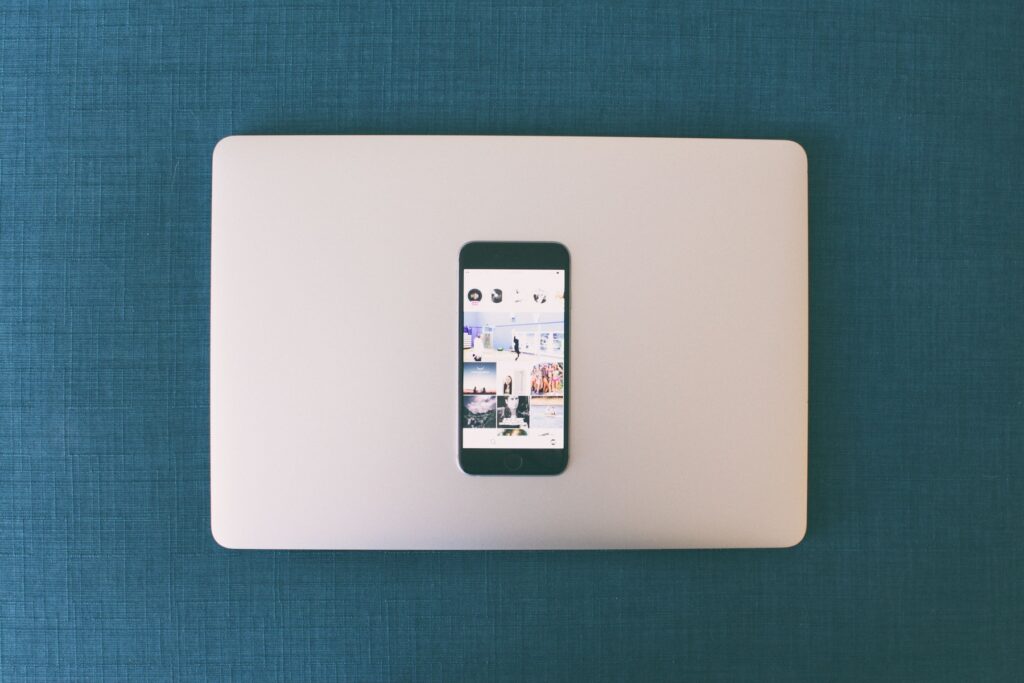We are living in a time where life seems impossible without smartphones. These phones offer us different services from several mobile applications. Mobile smartphone apps have made life a little easier, from communication and education to shopping and health. Android and iOS are the most popular mobile operating systems, and thousands and thousands of applications emerge annually. If you’re planning to build a mobile app, you must consider what operating system to begin with. Software developers are usually puzzled when choosing between iOS and Android. Despite having architectural similarities, both systems have different development and support approaches.
What is Android App Development?
Android app development is a software engineering process dedicated to creating applications for devices that run on the Android operating system. Various types of programming languages are involved in Android app development, and there are four main components of an Android app that allow them to operate. That’s activities, content providers, services and broadcast receivers.
What is iOS App Development?
iOS app development is creating mobile applications for Apple devices. This includes iPods, iPhones and iPods. The software is usually written in a swift programming language known as objective-C and then deployed to the App Store users to access.
These two systems are similar in terms of development, design, and marketing strategies. The considerable differences between these operating systems are the technical ones. Below is a list of the significant differences between Android and iOS operating systems.
Programming Languages
One of the significant differences between iOS and Android app development is the programming language used in creating the app. When developing Android apps, programmers usually use Java because it offers comprehensive benefits that include server work and web development, and it’s your best option when building cross-platform apps. Other ideal languages for building Android apps are Kotlin and C++. While creating iOS apps, developers usually put Objective-C into consideration. In 2014, Apple also introduced Swift as its official programming language for iOS apps. With Swift, you write less code and spend less time building iOS apps. Programming languages used for iOS development have a shorter learning curve than those for Android and are, thus, easier to master.
Integrated Development Environments (IDEs)

Another primary difference between Android and iOS app development is the development environment. Both Apple and Apple have entirely different integrated development environments. Initially, Android used Eclipse for development, but in 2013 Google created and launched the Android Studio, which became the new Android environment. Android Studio contains an extensive list of features such as cross-platform, debugging features, readability and more. On the other hand, iOS developers use XCode, the centre of the Apple development experience. Xcode is only appropriate with macOS. Therefore you can’t have it on your Windows or Linux machine. Xcode offers a wide range of features like a source editor, graphical debugger, compilers, and integrated Build System, to mention but a few.
Target Audience
One of the most essential aspects of app development is pinpointing your target audience, whether you are building apps for Android or iOS. Before you choose whether to build an app for iOS or Android, your first priority must be the target audience. This helps you know what your customers want and how to meet their requirements. Since way back, iOS customers have been tested to be true to their brand, but their number is smaller than Android customers. On the other side, Android holds a more significant market share because its customers are low-income and middle-class users. Android has a more substantial market share, so the income is higher for iOS users.
App Store Validation
After creating your application, you must release it on the respective app stores. It’s a fact that the validation process of iOS apps to be published on the App Store is longer than Android apps that are getting on the Google Play Store. The validation process on iOS is longer because Apple provides developers who conduct an extensive verification process before it’s approved. It usually takes a week for your app to be verified on iOS. On the other hand, it’s pretty much easier on Google Play Store to release and verify an Android app. Here, the verification process relies on automated tests and typically takes less than a week for your app to get to Google Play Store.
App Store Distribution
Both platforms have distribution app stores where users can buy and download the apps of their choice. iOS users can download apps from the Apple App Store, and Android users can get apps from Google Play Store. Google Play Store is more flexible because users download apps a little faster, whereas, for Apple Play Store users, new product versions might be accessed in a couple of weeks. Also, unlike Apple, Android has more than one distribution channel. Therefore a developer can release an app on Amazon App Store—a marketplace for Android apps in over 200 countries. Android app distribution models allow developers to reach a more extensive public audience. iOS, on the other hand, has suitable developer programs for releasing proprietary technologies. On iOS, you pay a $99 annual distribution fee; on Android, you spend $25 one-time.
Monetisation and Return on Investment
There are many monetisation strategies for apps. However, you don’t have to go through all of them to know what suits your operating system. There are three main approaches you can use, that’s;
- Ad-based monetisation
- In-app purchases
- Paid applications
Ad-based monetisation: Android apps are usually ad-heavy, 63% of Android apps have implemented advertising SDKs. On the other side, most iOS apps don’t use ads, and the percentage of gaming apps is only 22%.
In-app purchases: On average, iOS users spend almost 2.5 times more on IAPs (In-app purchases) than Android users. In fact, the average iOS user is 50 per cent more likely than the average Android user to begin spending money on IAPs.
Paid applications: iOS is a leader in releasing paid apps straight to the application marketplace. Out of all iOS game apps, 11% are paid. For Android, the value is 7%.
Conclusion
Android and iOS app development is very different. But most of you must have the app available on both platforms. Rather than writing code in several languages and navigating the complex waters of platform-specific IDEs, you can use a no-code app maker like BuildFire to ease your project.


